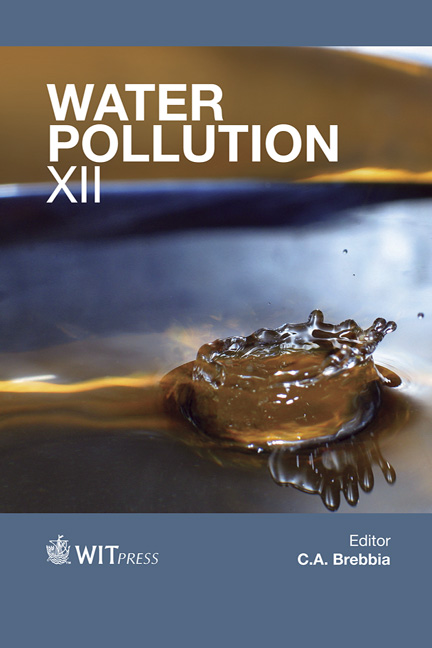Statistical Analysis Correlating Changing Agronomic Practices With Nitrate Concentrations In A Karst Aquifer In Ireland
Price
Free (open access)
Transaction
Volume
182
Pages
11
Published
2014
Size
1,129 kb
Paper DOI
10.2495/WP140091
Copyright
WIT Press
Author(s)
M. Huebsch, B. Horan, P. Blum, K. G. Richards, J. Grant & O. Fenton
Abstract
The correlation of nitrate (NO3 -) occurrence in groundwater with nitrogen (N) applications resulting from intensive agriculture sited on thin free draining soils and karstified limestone is often difficult and therefore avoided. This is unfortunate as groundwater NO3 - concentrations in these environments react the quickest to farm management changes. The objective of the current study was to evaluate local weather conditions, (hydro-) geological site characteristics and detailed agronomic N-loadings with groundwater NO3 - occurrence by using a statistical tool during a study period from 2002 to 2011. The statistical analysis involved a multiple linear regression with automatic variable selection. Four scenarios were created to compare paddock specific changes to groundwater wells. In addition, a time lag from source to groundwater of up to 3 years was considered. In particular, the results suggested that agronomic practices became more important after a time lag of 1 to 2 years and agronomic practices such as: reductions in inorganic fertilizer application, changes of timing of slurry application, the relocation of a dairy soiled water irrigator to a less karstified area and the implementation of minimum cultivation reseeding instead of ploughing, led to reduced NO3 - occurrence in the aquifer. The present approach is a suitable tool to elucidate the consequences of agronomic practices on groundwater quality and can be used in vulnerable areas for the assessment of present and future legislation implementation. Keywords: karst, groundwater, nitrate, agriculture, farm management.
Keywords
karst, groundwater, nitrate, agriculture, farm management.





